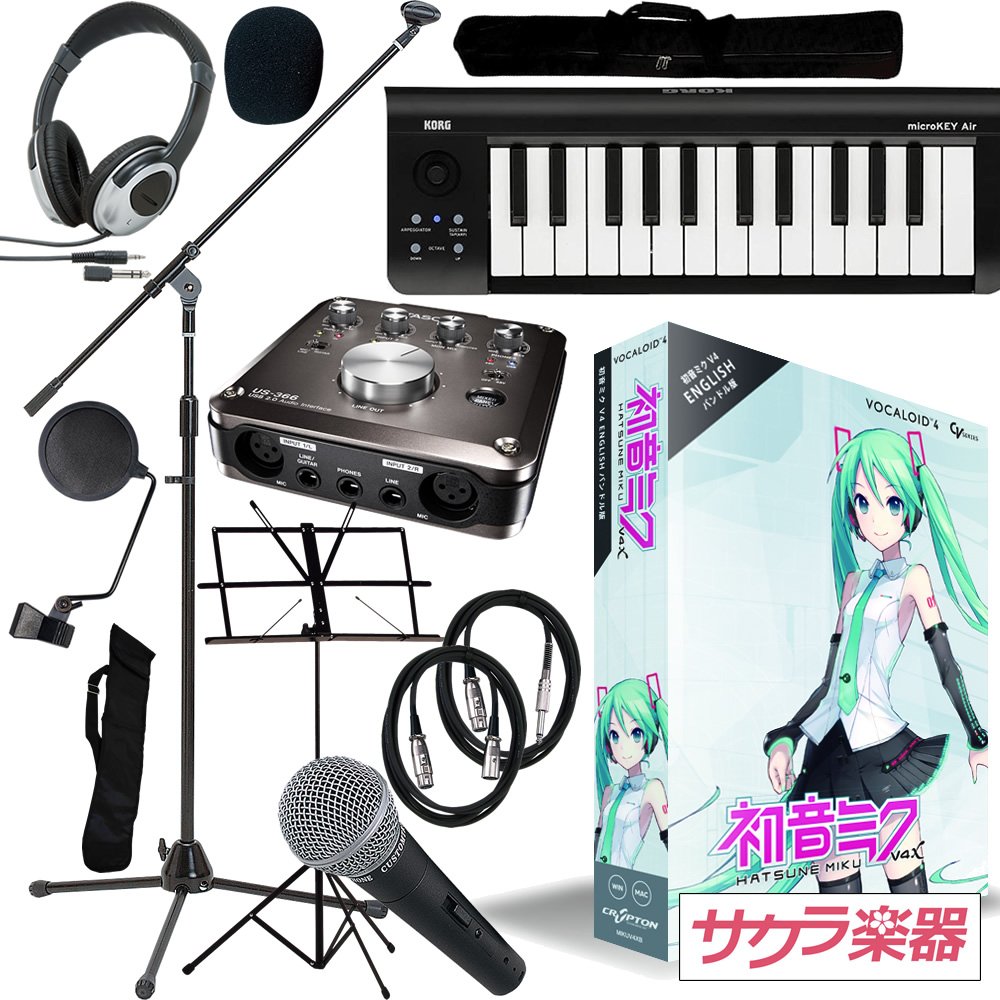

The software can change the stress of the pronunciations, add effects such as vibrato, or change the dynamics and tone of the voice." A piano roll type interface is used to input the melody and the lyrics can be entered on each note. To create a song, the user must input the melody and lyrics. It uses synthesizing technology with specially recorded vocals of voice actors or singers.

Hatsune Miku's personification has been marketed as a virtual idol and has performed at concerts onstage as an animated projection (rear cast projection on a specially coated glass screen)." And what, you may ask-well, at least, I asked-is a "Vocaloid"? Following the convenient link in the article, I find that it is software that "enables users to synthesize 'singing' by typing in lyrics and melody. Her voice is modeled from Japanese voice actress Saki Fujita. She was the second Vocaloid sold using the Vocaloid 2 engine and the first Japanese Vocaloid to use the Japanese version of the Vocaloid 2 engine. She also uses Crypton Future Media's Piapro Studio, a singing synthesizer VSTi Plugin. She uses Yamaha Corporation's Vocaloid 2, Vocaloid 3, and Vocaloid 4 singing synthesizing technologies. For those as behind the times as I am, Hatsune Miku is a holographic character described in my favorite online resource, Wikipedia, as follows: "a Vocaloid software voicebank developed by Crypton Future Media and its official moe anthropomorphism, a 16-year-old girl with long, turquoise twintails. The name "Hatsune Miku" undoubtedly is familiar to younger TNT readers who follow up-to-the-minute Internet trends, but this old fogey became aware of it only upon reading about "her" in that most quaint of sources, of all things, a printed newspaper.
#Vocaloid 4 preview sound piano roll series#
And so it is that now, 17 years after the last episode of the series aired, we have concerts featuring a holographic singer, but, far from opera, the music is crowd-sourced pop. In this way, as often happens, the show has proved to be a mirror reflecting events to come-but, as also often happens, a distorted mirror, one in which the broad picture is fairly accurate but the details are wrong.

Changing note lengths in conjunction with boundaries.Support for automated track and pitch curve editing with “Peak Brush”.By switching to "Pitch Edit Mode", you can edit the pitch curve directly on the piano roll.Visualization of consonants for each note.Auto-envelope function allows automatic control of internal parameters to control the singing style and pronunciation characteristics.Audio waveforms can be displayed using the background rendering function and rendered waveform display function.


 0 kommentar(er)
0 kommentar(er)
